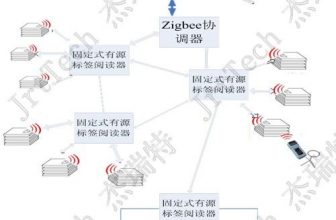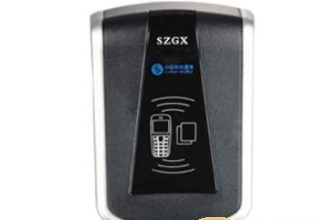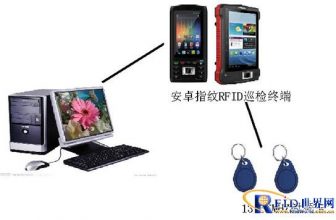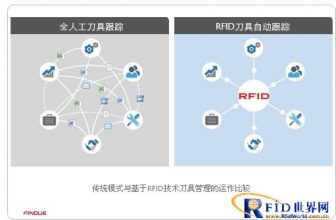
RFID lock system solution based on STC89C52 and IC radio frequency card design
[ad_1]
Radio frequency identification technology is mainly a non-contact automatic identification technology. In the process of its application, radio frequency signals need to be used on the basis of electromagnetic principles to obtain information from the target object. Due to its wide application, it can be realized Applications in different areas, so it is widely used in operations in various environments. In the radio frequency identification system, the output data of the radio frequency card reader needs to strictly comply with the regulations made in the Wieggand format, that is, two data lines with transmissions of 0 and 1 are used for transmission.
The access control system based on single-chip microcomputer and radio frequency identification technology is a radio frequency identification lock system designed based on the microcontroller STC89C52 and IC radio frequency card. It can be used in laboratories, computer rooms, office buildings, archives, financial rooms and other places with high security requirements.
1. System design plan
This access control system consists of two parts: a client installed on the door and an authorized end that authorizes writing to the new card. The client is composed of a power supply module, a single-chip microcomputer minimum system, a serial communication module, a card swiping module, a buzzer module, and an electromagnetic The lock module is composed, as shown in Figure 1. On the client side, when the user needs to open the door, the IC radio frequency card needs to be placed in the induction area of the card reader to read the information in the card. When the read information is successfully verified, the buzzer will beep. At the same time, the door lock is opened and re-locked after a delay of one second; if the information verification fails, the buzzer will emit four consecutive short beeps. The authorization terminal is used to write authorization information for each IC card. The system can work with a single credit card machine and is easy to operate.
Figure 1 Block diagram of the hardware system module
2. System hardware design
2.1, power module circuit design
The function of the power supply module is to supply power to the entire system. In the system, the card swiping module needs a 3.3V power supply voltage, the electromagnetic lock module needs a 12V voltage, and the smallest system part of the single-chip microcomputer needs a 5V voltage. Therefore, the power module There are three types of power supplies that need to be provided: 12V, 5V, and 3.3V. The module uses two chips, LM7805 and AMS1117, to convert 12V to 5V and 5V to 3.3V, respectively. Figure 2 shows the circuit design of the system power supply module.
Figure 2 Power module circuit
2.2. Circuit design of swiping card module
The radio frequency reader/writer chip MFRC522 is a low power consumption, small package, highly integrated contactless (13.56MHz) reader/writer chip that is launched by NXP. It uses the principle of modulation and demodulation to fully integrate everything under 13.56MHz. Types of passive non-contact communication methods and protocols. Support ISO14443A multi-layer applications. Its internal transmitter part can drive the reader’s antenna to communicate with ISO14443A/MIFARE cards and transponders without other circuits. The receiver part provides one Robust and effective demodulation and decoding circuit for processing ISO14443A compatible transponder signals. The digital circuit partly processes ISO14443A frames and error detection (parity & CRC). In addition, it also supports fast CRYPTO1 encryption algorithm for verifying MIFARE series products .MFRC522 supports the higher-speed non-contact communication of the MIFARE series, and the two-way data transmission rate is up to 424kbit/s. The communication between it and the host adopts serial communication with fewer connections, and can choose SPI, I2C according to the different needs of users Or one of the serial UART (similar to RS232) modes, which is beneficial to reduce circuit connections, reduce the size of the circuit board, and reduce production costs. The application circuit of MFRC522 in the card swiping module is shown in Figure 3.
Figure 3 Credit card module circuit
2.3 Circuit design of buzzer module
When the user swipes the card, if the information verification is successful, the P2.0 pin of the single-chip microcomputer is given low level (software setting), the transistor Q2 (PNP type) is turned on, and the buzzer emits a buzzer. When the information verification is unsuccessful , The buzzer emits four consecutive short beeps. The circuit design of the module is shown in Figure 4.
Figure 4 Buzzer module circuit
[ad_2]





